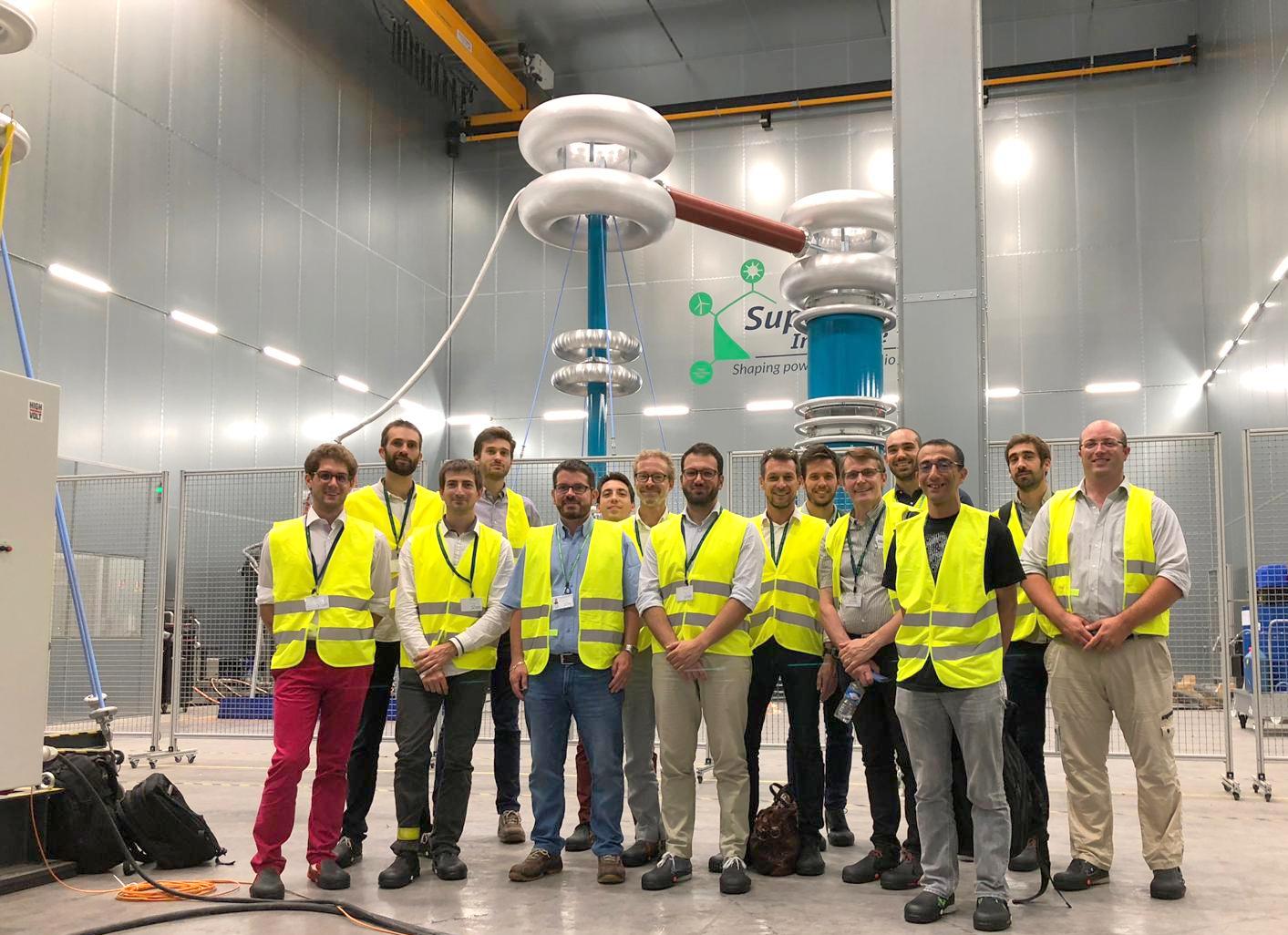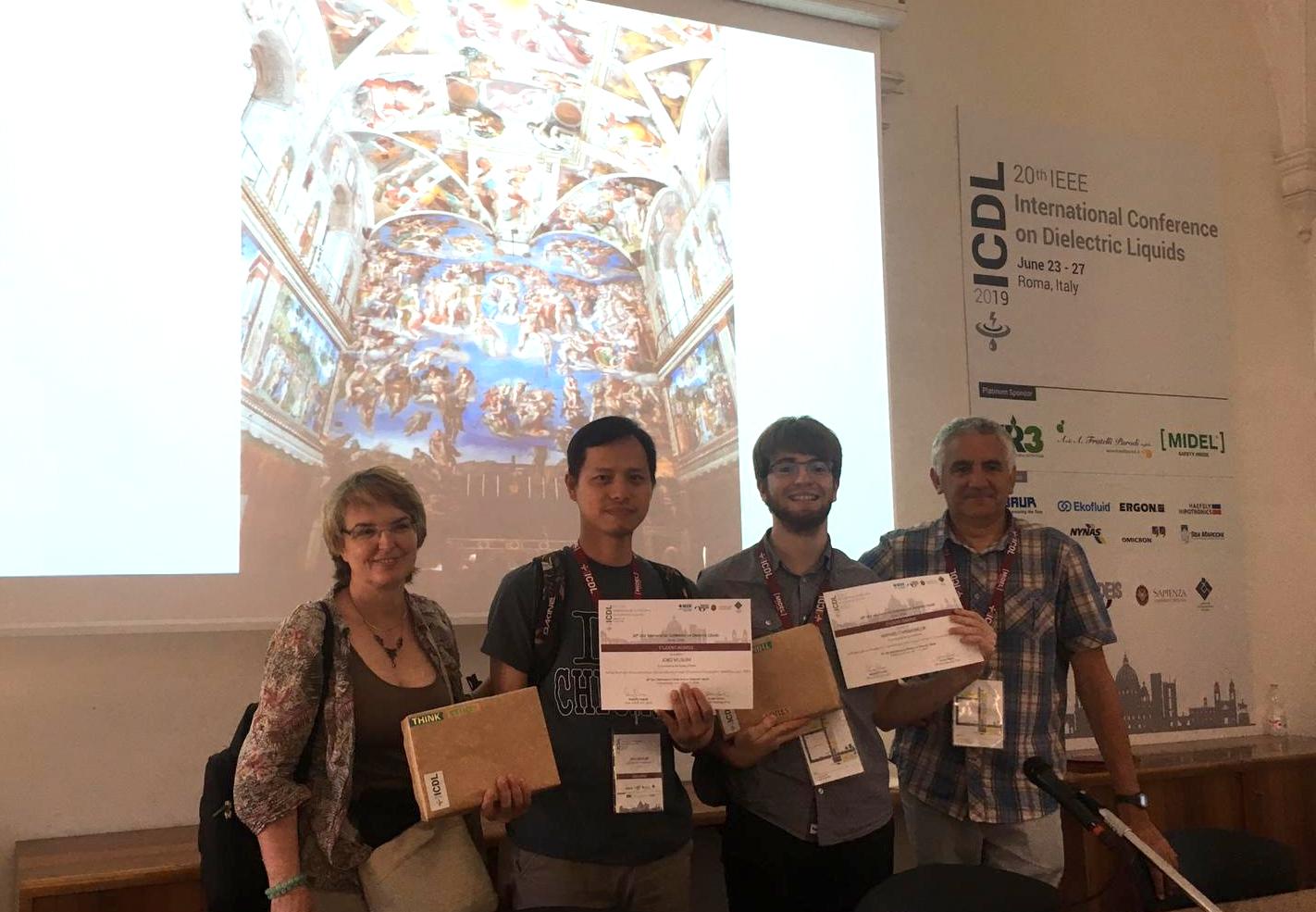LISORE consortium plenary meeting at SuperGrid Institute
SuperGrid Institute was pleased to host the LISORE consortium plenary meeting this Wednesday. This 15-month project that began in January 2019 aims to explore the feasibility and develop a technological roadmap from which innovative low-cost substations can be developed, thereby enabling the integration of marine energies by 2025. By participating and organising this day, SuperGrid Institute has increased its visibility and positioned itself as an expert partner in the domain of innovative electrical systems. The visit of our test platforms enabled us to demonstrate to the project participants how we are supporting the development of the sector through our expertise and state of the art facilities.




